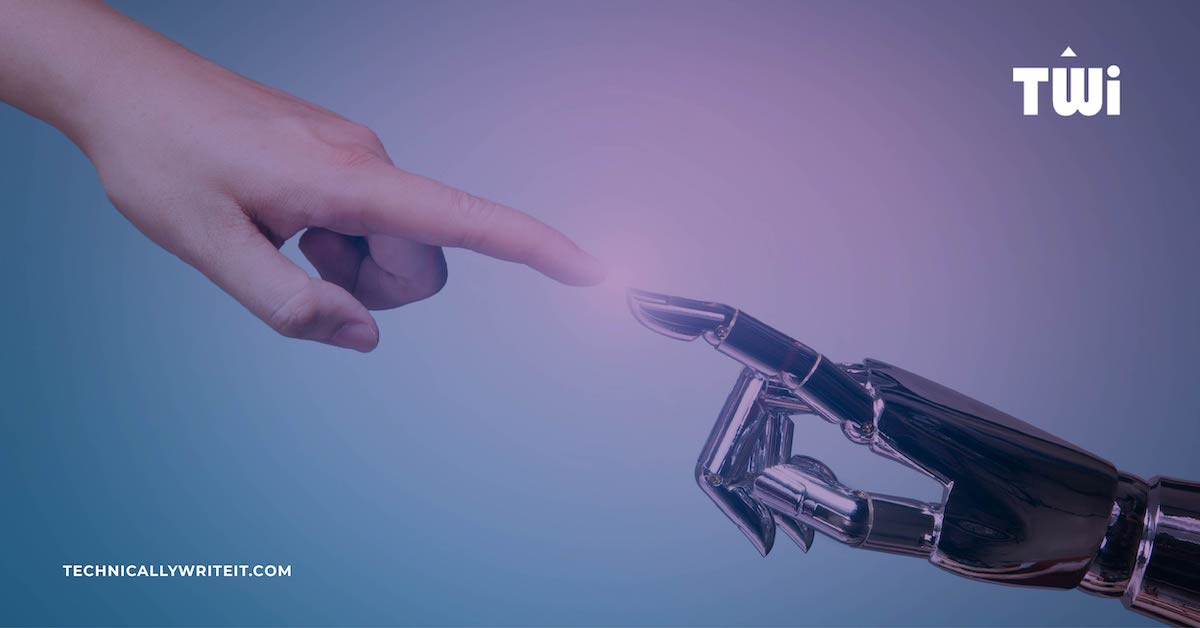Everyone is familiar with the information overload experience. Having spent your hard-earned cash on the latest product, perhaps a Smart TV, that promises to transform your life, you switch it on and are presented with a myriad of options, none of which you require. You open up the accompanying manual and groan audibly as you realise that the manual covers 10 different TV models, translated into 15 languages. To find the information you want, you must spend an hour wading through useless and irrelevant material.
At this point, I usually give up and just hand the manual to one of my teenage children to decipher (why do teenagers seem to intuitively understand all things technical?). But what if you don’t have a spare teenager hanging around? And you don’t have the time to trawl through dry technical jargon? How can manufacturers improve user documentation to cater for the time-poor user?
One of the current buzzwords in technical documentation design is ‘minimalism’. Companies like IBM, Cisco, Hewlett Packard, Apple, Lucent Technologies, and Microsoft are all applying minimalism when developing their product documentation.
What is Minimalism?
The term ‘minimalism’ was coined by Professor of Information Sciences and Technology at Penn State, John M. Carroll. While he worked at IBM, Carroll began to look at ways to streamline the documentation process by stripping out text that was not absolutely necessary to the particular task.
Some Key Elements of Minimalism
Minimalism is guided by a number of distinct principles. To implement some of the key elements, apply the following guidelines:
- Make tasks action-focused.
- Use generic content.
- Standardise language.
- Avoid wordiness and jargon.
Action-Focused Tasks
One of the most important elements of minimalism is that tasks are action-focused. In other words, a task emphasises ‘doing’ rather than ‘knowing’. Each topic is documented in a short, generic, and task-centered chunk rather than a long, narrative-style section. The task topic addresses one specific question: how do I do this? If there is more than one task, a new topic is created. Titles should be action-oriented: ‘Configuring…..’, ‘Enabling….’, ‘Troubleshooting….’, etc. This allows the user to quickly find the required information.
From a technical writing point of view, the advantage of this approach is that one subsequent change in a product option results in a change to a single topic. This is the basis of effective single-source authoring, whereby topics are created once and tagged. They can then be easily updated and reused across a range of different scenarios, for example, configuration guides, command references, product information sheets, etc. The amount of time (and costs) that the documentation team spends on rewriting and editing is, therefore, considerably reduced.
Generic Content
By avoiding unique information such as identifiable brand/model names, documents which previously were applicable to just one specific product, can be reused across an entire suite of products with little or no change to the content. This is particularly beneficial in an organisation where multiple products have similar functionality or similar interfaces. So instead of writing ‘To configure model 345’, you would use ‘To configure the device’.
Standardised Language
Similarly, using controlled standardised language and parallelism to construct similar structures for similar elements is an important component of minimalism. Decide on one phrase to convey the same basic action and use this consistently. This might be ‘Download the XY software from the following website’ or ‘Go to the following website to download the XY software’, but choose one and stick to it throughout all user documentation. Using active words like ‘decide’, ‘search’ and ‘create’ means the user doesn’t have to over-process the information; instead, the required action is instantly understood.
Avoid ‘Wordiness’
Another important factor is stripping documentation of all extraneous verbiage and thus, reducing content. This means removing instances of jargon, repetition, and wordiness. Write for precision and succinctness, so don’t use ‘in a timely manner’, when ‘promptly’ suffices, don’t ‘reach an agreement”, instead simply, ‘agree’. Similarly, jargon-filled product descriptions may lead to ambiguous messages and may even alienate a potential customer. In fact, some companies have taken a somewhat original approach to this problem. In 2009, a London-based company, Original Software, began issuing fines to staff every time they used jargon, so staff now pay 50p for using phrases like ‘leverage’ and ‘paradigm shift’. Spokesperson for the company, Kate Mackinder says:
‘For example, there is nothing wrong with “interface” if we are talking about an application interface, but when used to simply replace “let’s meet up” not only does the speaker sounds like a bit of a twerp, but it is a blatant misuse of the word.’
Advantages/Disadvantages of Minimalism
Good writing means that the message is instantly clear to the intended audience. Adopting a minimalist approach may appear, in the short-term, to cost more as writers have to dissect and rewrite content into single free-standing chunks. However, in the longer-term there are real cost-saving benefits, particularly in the areas of localisation and translation, where often payment is on a ‘per word’ basis. But the greatest benefit for companies is user satisfaction. The less time a customer spends working out how to do something, the more likely they are to purchase again in the future. As Charles Mingus once said, ‘Making the simple complicated is commonplace; making the complicated simple, awesomely simple, that’s creativity.’
HAVE SOMETHING TO SAY?
If you’d like to share your thoughts or know more about this topic, complete our feedback form. We look forward to hearing from you!











